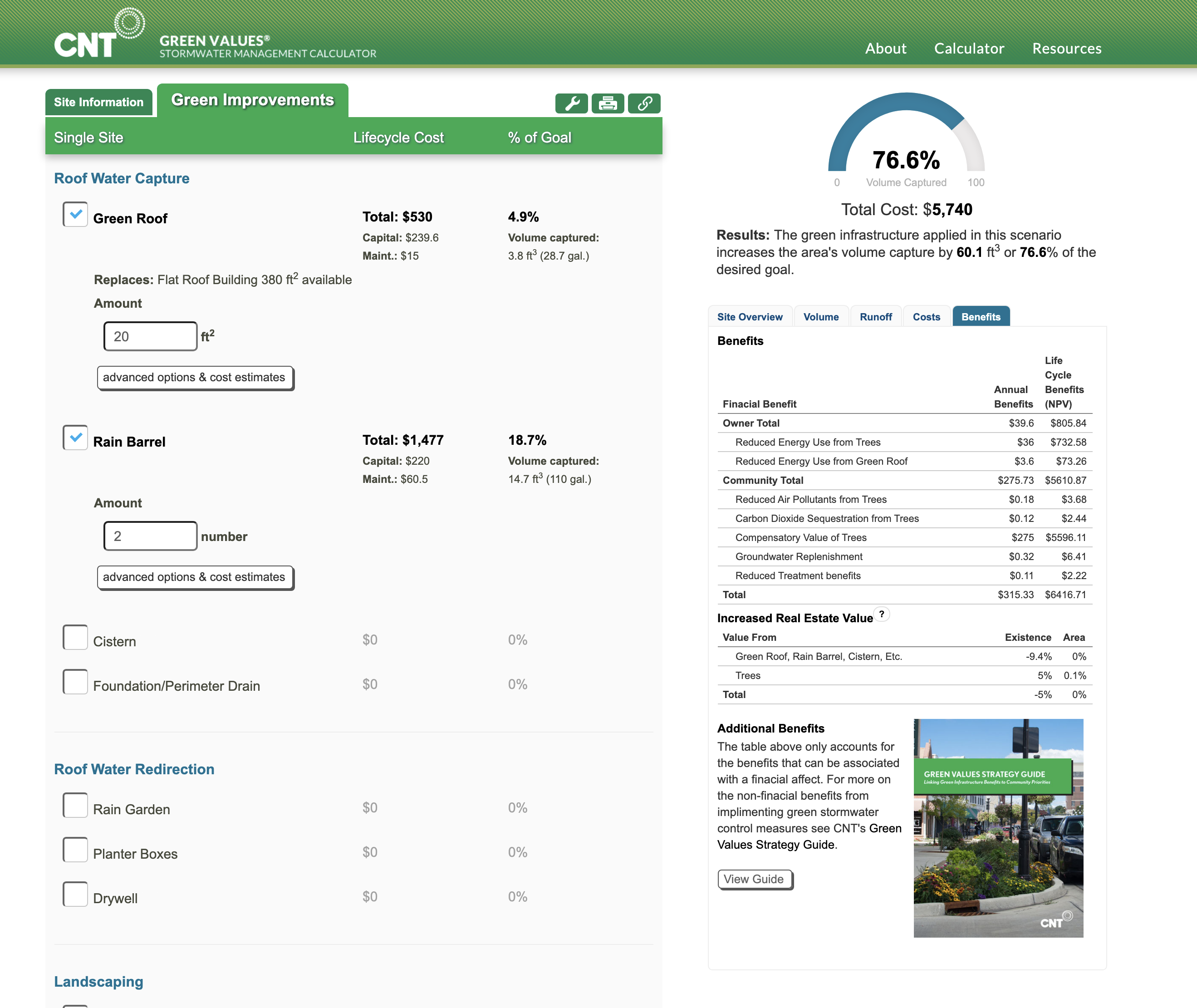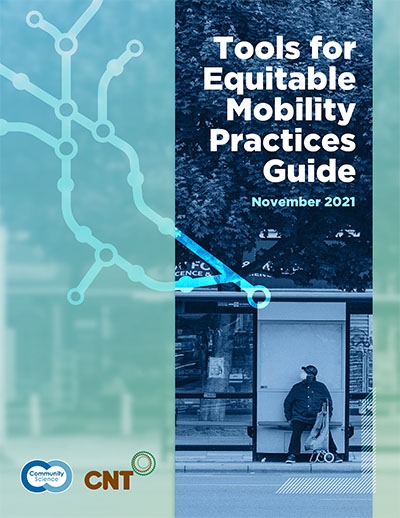New state study finds 92% of flood damage claims are from homeowners and businesses outside floodplains
SPRINGFIELD – Illinois experienced the wettest June in recorded history as we continue to see an increase in the frequency and intensity of rain events nationwide. This has resulted in more and more flooded homes and businesses, bringing with it the associated costs of property damage, negative health impacts, loss of work time and a significant loss in property value. A new study – released on July 6 and mandated by the 2014 Urban Flooding Awareness Act, sponsored by Sen. Heather Steans and Rep. Kelly Cassidy – reveals that more than 92 percent of Illinois flood victims live outside any designated floodplains. The study, prompted by research by the Center for Neighborhood Technology (CNT), dispels the myth that flooding is primarily the result of rivers and streams overflowing their banks.
“The implications of this research for Illinois disaster preparedness are enormous,” said Kathryn Tholin, CEO of the non-profit CNT. “We have, for decades, been spending large amounts of taxpayer dollars to solve only one part of the flood damage problem. With this new information, we can adjust our policies and invest our resources in a way that protects a much larger group of flood victims.”
Non-floodplain urban flooding is the periodic inundation of property in densely populated areas, even after moderate rainfall events. It is increasing in part because of heavier rain events, but also because of old, inadequate drainage systems and the overabundance of impermeable surfaces such as streets, sidewalks, alleys, parking lots and roofs. These nonabsorbent surfaces cause stormwater to collect unnaturally and overwhelm urban communities.
The study was prepared by the Illinois Department of Natural Resources (IDNR) in consultation with the Illinois Emergency Management Agency, the Illinois Environmental Protection Agency, the Illinois Department of Insurance, the Metropolitan Water Reclamation District of Greater Chicago and many other state and local agencies and educational institutions. Crucial preliminary research was provided by CNT, which also pressed for passage of the Urban Flooding Awareness Act.
“Urban flooding victims in Illinois are a hidden majority,” said Harriet Festing, head of CNT’s RainReady program that assists individuals and communities affected by flooding.
The study shows that between 2007 and 2014, insurance payouts and federal relief for urban flooding in Illinois totaled more than $2 billion.
“We need to invest in improved drainage systems, the installation of more permeable surfaces such as bioswales and permeable pavement, and the flood protection of buildings to limit the need to payout billions more in damage relief in the future,” said Festing.
“The majority of the mitigation work and disaster relief has been focused in the floodplains, and we need to focus more on what it takes to prevent flooding and flood damage from occurring outside those floodplains,” Festing said. “Clearly we have misunderstood where much of the water is coming from and how to manage it.”
While endorsing all of the recommendations within the report, CNT is calling on the Illinois General Assembly and Gov. Rauner to take immediate action on four priority areas in order to protect homes and businesses at risk from dangerous and costly flooding:
- Tap the Clean Water State Revolving Fund to provide low-interest loans to municipalities to invest in flood mitigation practices such as the targeted installation of cisterns, drywells, backwater valves and overhead sewer pumps across flood-prone neighborhoods. Support investment in practices and strategies that prevent flooding in the first place: landscape re-grading, permeable pavement, tree planting, rain gardens and bioswales (broad but shallow trenches planted with water-absorbing plants).
- Remove legal barriers that prevent Illinois counties from establishing stormwater funds that could help homeowners and businesses prevent and cope with urban flooding. We need to grant communities the right to help themselves.
- Establish an IDOT Green Streets program by amending the state highway code to ensure that stormwater management approaches that use nature-based solutions, such as tree plantings and bioswales, are given full consideration in the planning and development of all roads and transportation facilities, including their incorporation into state-funded transportation plans and programs.
- Adopt statewide building construction standards, such as the widely endorsed Appendix G of the International Building Code, to ensure that damage from urban flooding doesn't increase as the result of poor planning and building construction practices in flood-prone areas.
The Urban Flooding Awareness Act was prompted by research published in a report by CNT in 2013 and revised in 2014, The Prevalence and Cost of Urban Flooding. Among CNT’s findings were that seventy percent of the flood victims surveyed had flooded three or more times in the last five years, and 20 percent had flooded 10 or more times. Eighty-four percent had suffered stress and 13 percent ill health as the result of their flooding. Forty-one percent lost the use of part of their property, 63 percent lost valuables and 74 percent lost hours of work to clean up.
“Homeowners and businesses in towns and cities across the state are facing chronic and repetitive damage from flooding – mold, raw sewage, foundation cracks, and ever mounting bills,” said Senator Heather Steans. “What’s remarkable is how easy it might be to start tackling the problem if assistance is made available to all the victims that are in need and communities are empowered to help themselves.”





 Strengthening Transit Through Community Partnerships
Strengthening Transit Through Community Partnerships